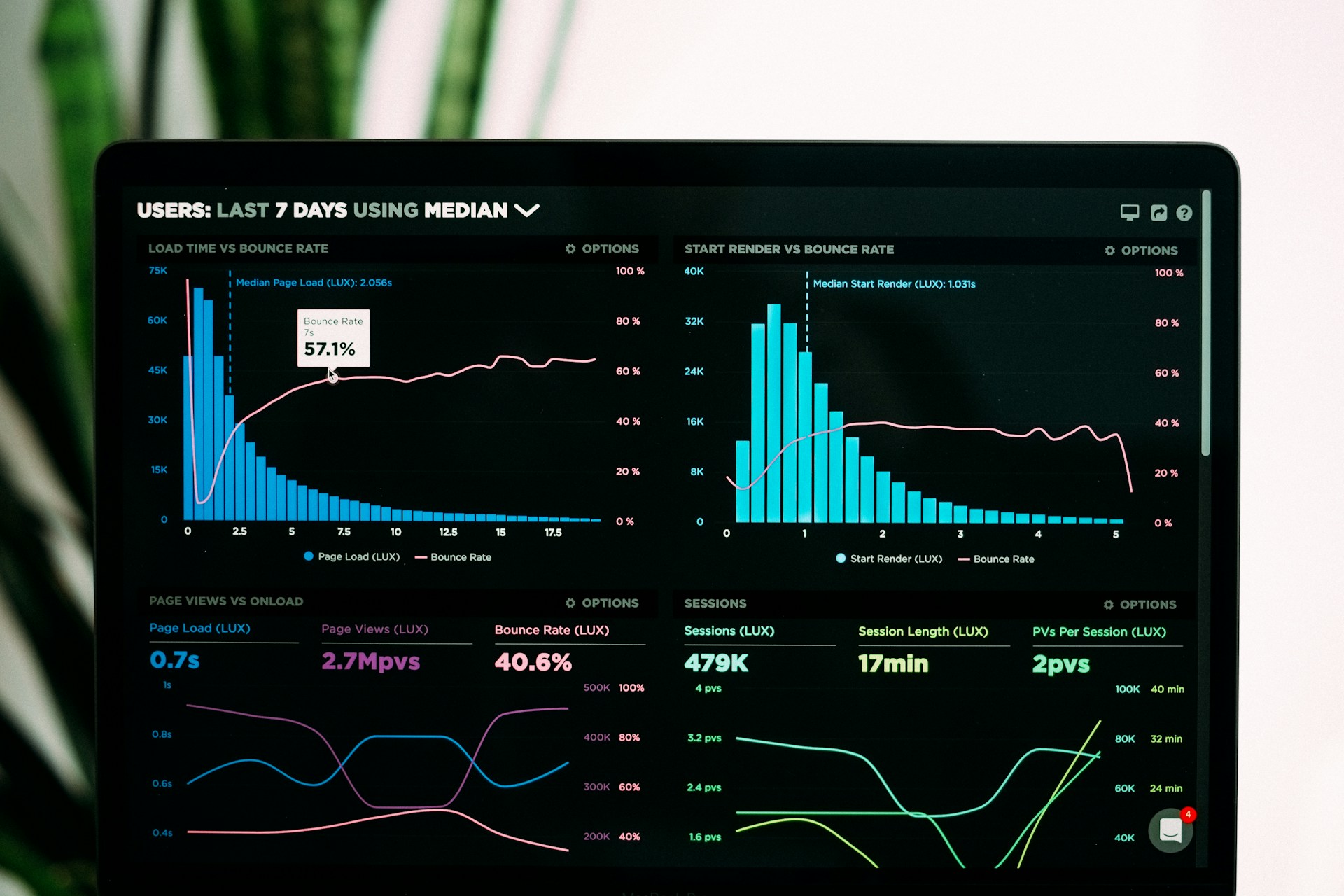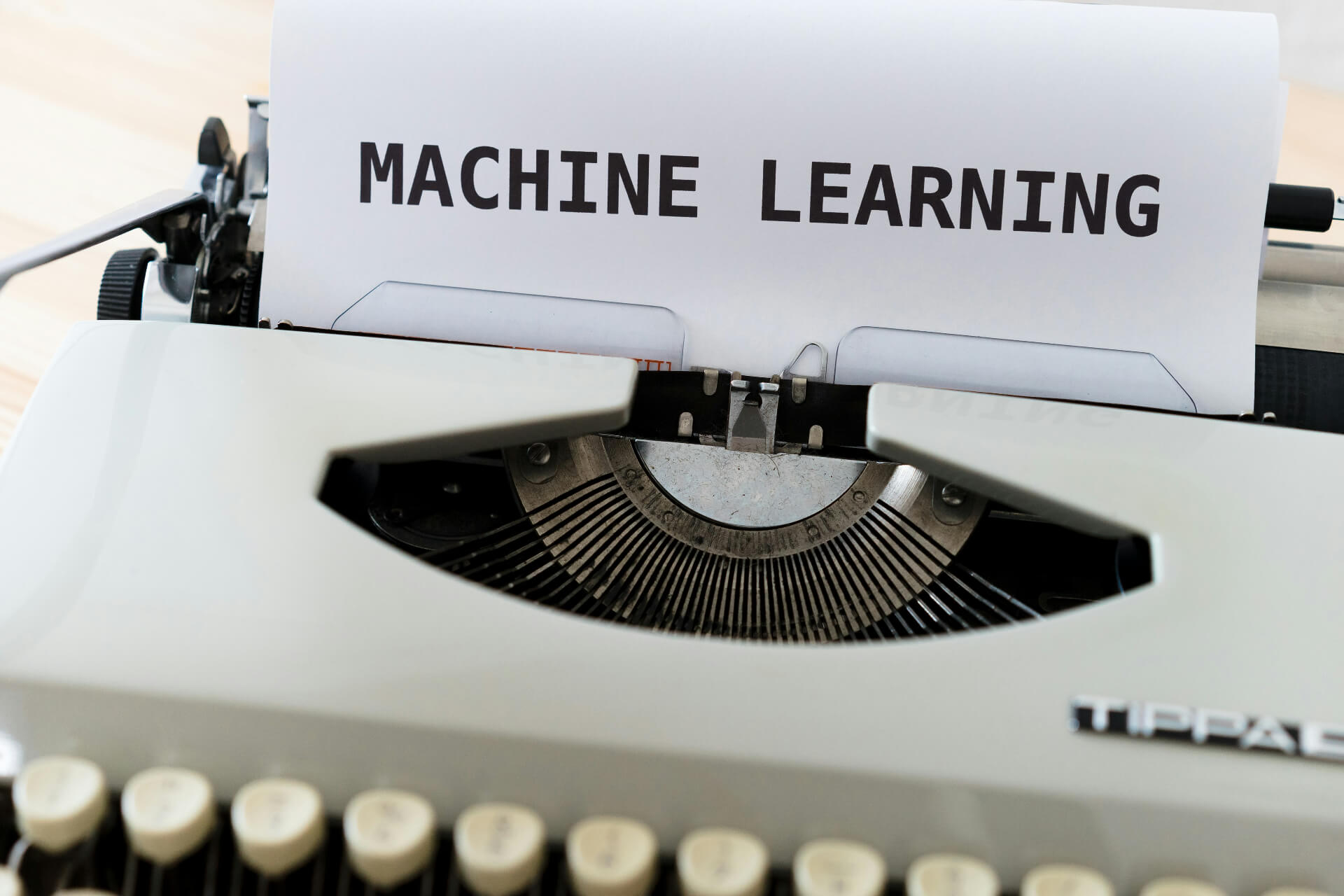
What are Deep Learning Models?
February 13, 2023 - Emily Newton
Revolutionized is reader-supported. When you buy through links on our site, we may earn an affiliate commission. Learn more here.
In the last few years, deep learning in scientific computing has evolved. More organizations are turning to deep learning for their operations, as it allows computers to learn independently and take on tasks with little to no supervision.
What is deep learning, what are deep learning models and what does the future of deep learning look like?
What is Deep Learning?
To the average person, deep learning might seem like a tech-savvy buzzword. However, it’s gaining more popularity in the business world and scientific research field. Deep learning is a branch of machine learning (ML) — which is a subset of artificial intelligence (AI) — which describes a neural network of three or more layers.
Deep learning is essentially a unique type of ML where neural networks simulate the brain activities of humans. Unlike traditional ML, deep learning models create artificial neural networks (ANNs) to “think” and “behave” like a human does.
We know the human brain consists of neurons to form a neural network. In a deep learning model, the machine can “learn” much like a human would, but they are not nearly as advanced or intelligent as the human brain.
Neural networks in deep learning models have many modern applications, especially in industries like technology, e-commerce, health care, science and more. According to Amazon Web Services (AWS), some of the most common deep learning applications include:
- Computer Vision (CV)
- Speech Recognition
- Natural Language Processing (NLP)
- Recommendation Engines
Deep learning is considered a class of ML algorithms, except they use multiple layers of ANNs, which give models more advanced features and capabilities. Major organizations, including Netflix, ZenDesk, UCLA and Pinterest leverage deep learning for numerous reasons.
What are Deep Learning Models?
All types of AI models are essentially programs or algorithms that rely on training data to achieve the user’s desired outcome. Deep learning models, however, use untagged data to recognize patterns through mimicry. Since deep learning falls under the category of unsupervised learning, these types of models are forced to learn discriminative or generative neural network tasks.
Advanced computers with deep learning capabilities can deliver state-of-the-art accuracy, depending on the user’s objective(s). Some deep learning models are capable of exceeding the level of accuracy human intelligence can reach.
Deep learning models fall into one of three categories: supervised, semi-supervised and unsupervised. As their names suggest, each category determines how often the model needs human supervision. The more advanced a deep learning model is, the less supervision it needs from a human user.
Understanding Neural Networks
Neural networks are quite complex. Think about the complexity of the human brain — imagine that, but inside a machine. Neural networks in deep learning models are similar to the neural networks in the human brain.
The artificial neurons are called nodes, and the nodes stack next to each other in three layers:
- Input layer
- Hidden layer
- Output layer
Data inputs provide each node with critical information. From this point on, the model can use ANNs for various purposes, whether feature extraction, object grouping, and discovering useful, insightful data patterns.
Deep learning models use several algorithms for specific tasks. Not every algorithm works for every purpose, but rather a combination of algorithms helps deep learning models accomplish what the user is trying to achieve.
Examples of the Top Deep Learning Algorithms
Since deep learning models make use of several different algorithms, not every algorithm is suitable for every problem. Therefore, those working to create and deploy deep learning models must select algorithms that are best suited to perform a specific task.
Below are 10 examples of deep learning algorithms that are most commonly used. These 10 algorithms can work for just about any application and can analyze all types of data.
1. Convolutional Neural Networks (CNNs)
Convolutional neural networks — also referred to as ConvNets — are often used to process images and detect objects.
For example, these algorithms can identify satellite images, forecast time series, detect anomalies in data and even process medical images like X-rays. CNNs are much easier to train, yet have the same number of hidden units, compared to fully connected networks.
2. Long Short Term Memory Networks (LSTMs)
LSTMs can learn and memorize long-term dependencies to retain information over a long period. Since LSTMs can work on previous data inputs, they are useful algorithms for any time-related prediction tasks.
They’re also used most often for speech recognition, drug development and music composition.
3. Multilayer Perceptrons (MLPs)
MLPs are basic algorithms and a great place to start learning more about deep learning technology. These algorithms are considered feedforward neural networks and have connected input and output layers.
They also have multiple hidden layers, which are helpful for machine-translation software, speech recognition and image recognition.
4. Radial Basis Function Networks (RBFNs)
Another feedforward neural network are RBFNs. As their names suggest, RBFNs use radial basis functions for activation and are effective for time-based predictions, regression analysis and classification.
For example, during classification tasks, RBFNs measure data inputs’ similarities to examples from training data. This allows it to classify new data appropriately.
5. Self Organizing Maps (SOMs)
One of the major benefits of self-organizing maps (SOMs) is that they can provide data visualizations for users.
In doing so, SOMs reduce the dimensions of data by self-organizing ANNs. Because data is becoming increasingly complex and somewhat convoluted, SOMs will likely grow in popularity and data visualization will benefit businesses and consumers.
6. Generative Adversarial Networks (GANs)
GANs are well-known in the AI field. In these algorithms, two neural networks compete in a zero-sum game, where one network wins and the other loses. GANs create new data representations from past data and are used in a variety of industries.
For instance, people use GANs to generate realistic images, cartoon characters, 3D object renderings and photographs of human faces. A popular example of a GAN is Dall-E 2, a tool that went viral on social media as of late.
7. Recurrent Neural Networks (RNNs)
A recurrent neural network (RNN) can help users caption images, NLP, machine translation, time-series analysis and even handwriting recognition.
Outputs from LSTMs can be fed as inputs into an RNN, enabling the deep learning model to memorize previous inputs by using its internal memory. In theory, RNNs are Turing complete, meaning that RNN-enabled machines can solve any computational task, regardless of its complexity.
The Future of Deep Learning in the Field of AI
In recent years, deep learning technology has evolved and become more advanced than ever. Deep learning algorithms are growing highly popular in many industries, such as health care, manufacturing, advertising and entertainment sectors.
There are numerous use cases for deep learning models, and it’s expected that they’ll play an increasingly important role in the development of the AI field. As deep learning and the general AI field continues to grow, it’ll be fascinating to see people uncover new possibilities with the most advanced, complex technologies available.
Revolutionized is reader-supported. When you buy through links on our site, we may earn an affiliate commission. Learn more here.
Author
Emily Newton
Emily Newton is a technology and industrial journalist and the Editor in Chief of Revolutionized. She manages the sites publishing schedule, SEO optimization and content strategy. Emily enjoys writing and researching articles about how technology is changing every industry. When she isn't working, Emily enjoys playing video games or curling up with a good book.







